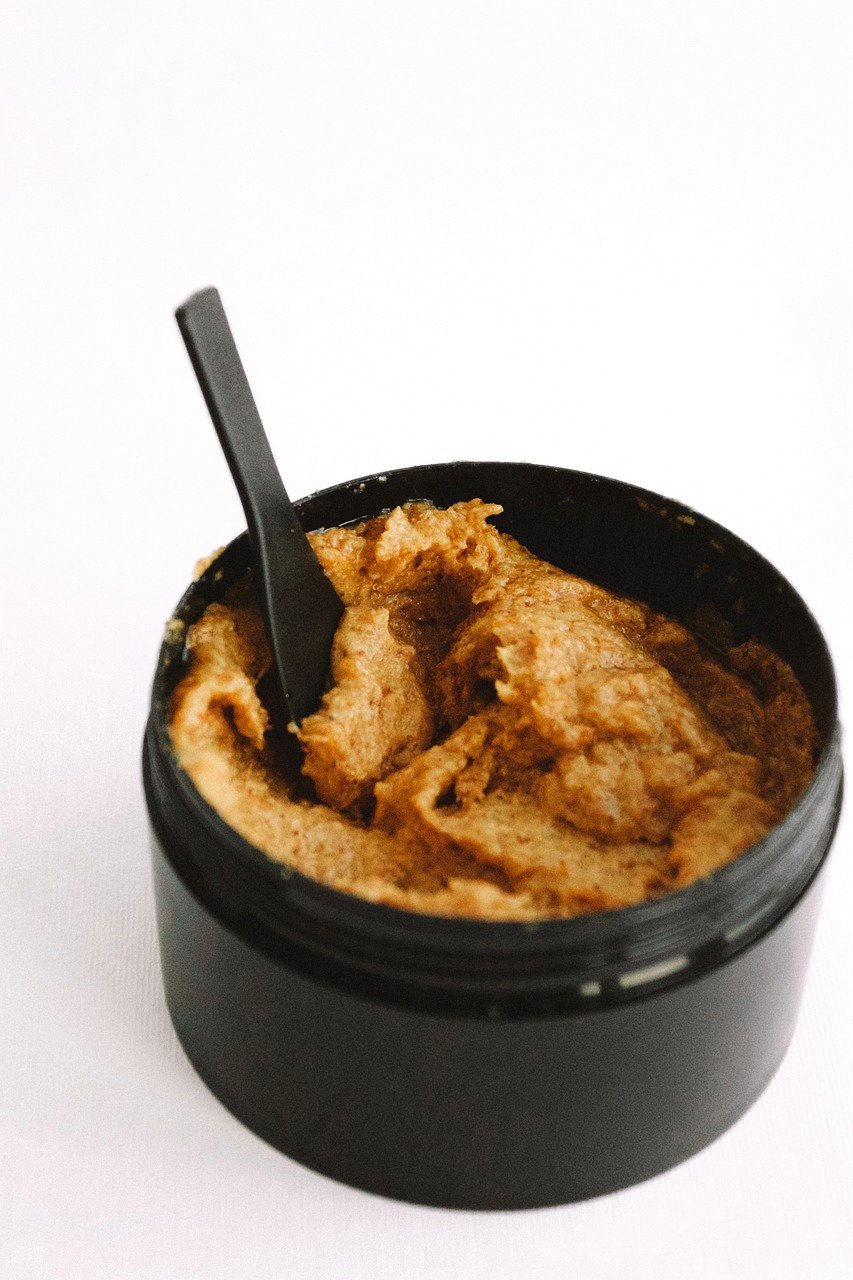Exfoliation is a crucial step in any skincare routine. It involves getting rid of dead skin cells on the surface of the skin to reveal a smoother and brighter complexion. It also helps with better absorption of skincare products. However, with so many options available, it can be overwhelming to figure out the best way to exfoliate. In this essay, we will explore the two main methods of exfoliation – mechanical and chemical – to help you choose the right approach for your skin.
Mechanical Exfoliation: The Power of the Scrub
Mechanical exfoliation involves using physical exfoliants like scrubs, brushes, or cleansing cloths to remove dead skin cells. Scrubs usually contain abrasive particles such as sugar, nutshells, or beads. While they effectively get rid of surface buildup, they can be harsh, especially for sensitive skin. Overdoing it can cause irritation, redness, and even tiny tears in the skin. It’s best to opt for gentle scrubs with smooth, rounded particles and use them sparingly – once or twice a week – using light circular motions.
On the other hand, chemical exfoliation takes a milder approach by using acids to dissolve the bonds between dead skin cells, allowing them to naturally shed.
Choosing the Right Exfoliation Method for Your Skin Type
When it comes to exfoliation, different skin types require different approaches. Here’s a helpful guide to help you navigate the options:
For Dry Skin: Opt for a gentle chemical exfoliant like lactic acid, which can brighten and improve skin texture. Avoid harsh scrubs that may strip away moisture.
For Oily Skin: Embrace the power of salicylic acid, a BHA that penetrates deep into pores and keeps them clear. Consider adding a gentle scrub once a week for extra polishing.
For Sensitive Skin: Stick with low concentrations of AHAs like lactic acid for chemical exfoliation, as they are usually well-tolerated. Steer clear of abrasive scrubs altogether.
For Mature Skin: Boost collagen production and achieve a firmer appearance with AHAs like glycolic acid. Chemical exfoliation offers greater control compared to scrubs.
Remember:
Always test a new product on a small area of your inner arm before applying it to your face.
Start slowly and gradually increase the frequency and strength of exfoliation as your skin adjusts.
It is crucial to use sunscreen, particularly following chemical exfoliation, as the skin may become more susceptible to the harmful effects of UV rays.
Finding the perfect way to exfoliate is not a one-size-fits-all solution. It’s all about recognizing what your skin requires and selecting a method that achieves the desired outcomes while preserving its well-being. Through trial and error, you can customize mechanical and chemical exfoliation techniques to suit your specific skin type. This will enable you to embark on a fruitful exfoliation journey, unveiling a glowing and nourished complexion. Remember, staying dedicated is crucial!
